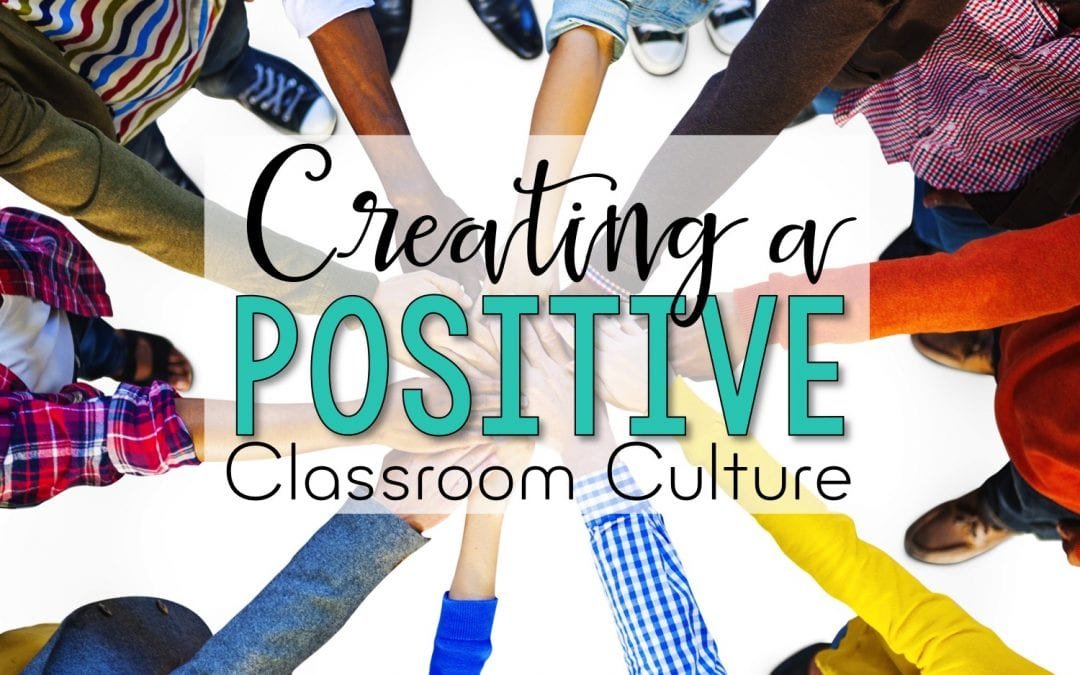One of the aspects of having a successful learning environment is having a positive class culture. Having a positive class culture is very pertinent, and teachers are usually encouraged to actively work towards creating a classroom culture that encourages student participation and success. Having a positive class culture benefits the pedagogical process – students are bound to be successful when they feel connected to their school and feel like their teachers care about their success.
To be able to achieve a positive class culture, however, the school as a whole must provide a high level of support which focuses on the positive teacher-student relationships, as well as physical and emotional safety. When these are put in place, students’ attendance is sure to improve, as well as their academic performance.
Ways to Build a Positive Classroom Culture

A. Set high expectations: Set high expectations for your students, expecting them to do well both in their school work, as well as their general behavior. Encourage them, give them all the learning support, and let them know that you believe in them.
B. Establish a consistent and unbiased process: To manage their behavior, you need to establish a working process in managing students’ behavior in the classroom. However, both the students and the teacher must have agreed and understood the process; students must know the behaviors expected of them, while the teacher is encouraged to give them space to practice and build these behaviors up.
C. Build positive relationships: Set time to give them listening ears; get to know your students and allow them to know you as well. Ask them questions and make them comfortable with you.
D. Evidence-based teaching and learning practice should be used effectively: Consider your students’ learning styles before going to class, give them an engaging and relevant curriculum, present lessons in an interesting way, and ensure classes are student-centered. The variety of instructions given, collaborative learning methods, and hands-on activities illustrate the pedagogical attributes of the effective connectedness of students with the school.
E. Encourage positive relationships with students and parents: Here, teachers are encouraged to build positive relationships with students and their parents or guardians. Building positive relationships with students’ parents is important, as there could be some domestic issues that may hamper a child’s success in the classroom. By relating with the parents, a teacher could be brought up to speed on such issues and may only then be able to devise a means to manage or overcome the challenges such a student may be facing.



Recent Comments